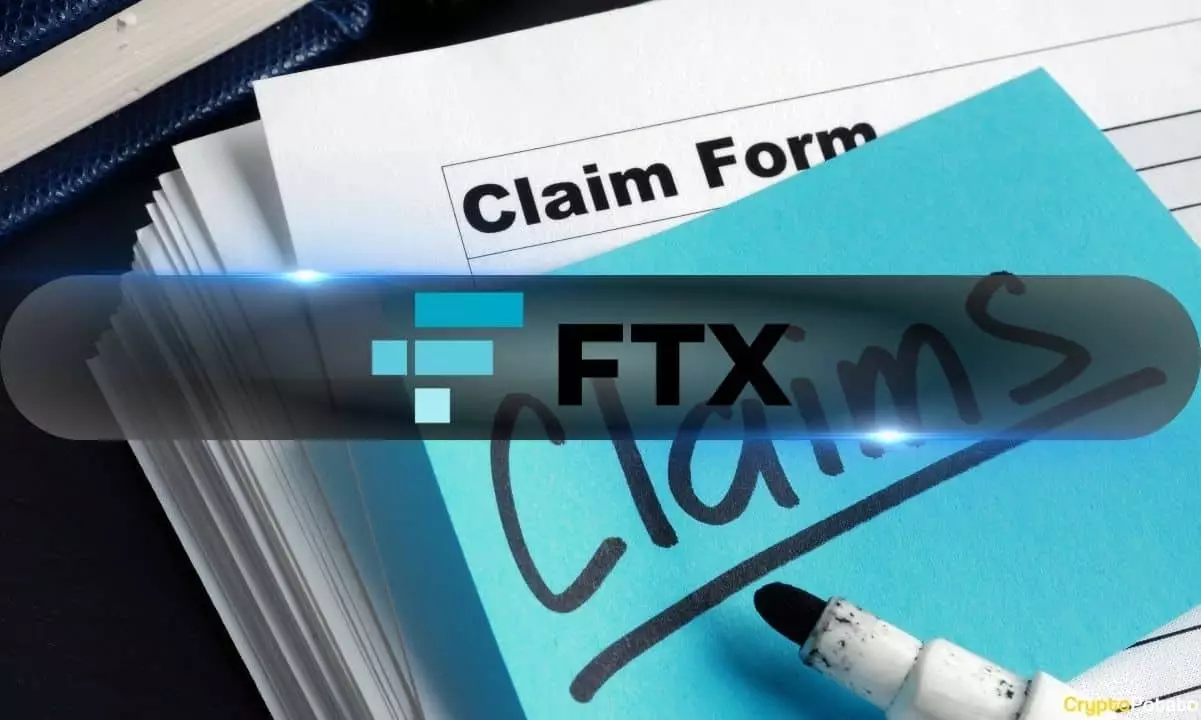The recent news that the FTX Recovery Trust will initiate disbursements exceeding $5 billion has sparked a mix of hope and skepticism among creditors impacted by the notorious collapse of the cryptocurrency exchange. Set to roll out on May 30th, this move raises critical questions about the integrity of the entire recovery process. The scale of this moment—an effort to distribute substantial sums back to affected parties—feels monumental, yet the underlying mechanics and decisions seem fraught with contention that merits a closer examination.
A Complex Web of Classifications
The categorization of creditors into five distinct “convenience classes” is not merely an organizational strategy; it’s emblematic of a flawed recovery model. With creditor Class 5A slated for a hefty 72% distribution, and Class 5B receiving 54%, the allocations raise eyebrows when one considers the disparity in treatment among different classes. Meanwhile, Classes 6A and 6B are set to receive 61%, and Class 7’s Convenience Claims astonishingly enjoys a staggering 120% distribution. The stark differences in payouts create an unfair advantage that risks alienating stakeholders who will ultimately benefit less from the overall recovery.
This tiered system further complicates the already convoluted process and demonstrates a lack of coherence in the approach to recovery. Are we valuing the claims based purely on numerical convenience rather than the merit of the creditors’ losses? By creating layers of privilege, the Recovery Trust distances itself from what should be a straightforward reimbursement process, placing corporate strategy above equitable justice.
Optimal Solutions or Illusions?
John J. Ray III, the figurehead of this recovery effort, heralds these repayments as monumental progress, emphasizing the efficiency and results stemming from his team’s actions. However, the enthusiasm around these assertions must be tempered with realism. While $5 billion sounds impressive, a deep dive into the situation reveals only part of the story. The total possible repayments might soar to a whopping $16.5 billion, making the current disbursement appear minuscule in the grand scheme of restitution.
The legal battles against NFT Stars Limited and Delysium are warranted and necessary, as they embody the larger fight for recovery and financial justice. Yet one wonders if these pursuits will yield timely results, or if they will derail the process, pushing timelines further into uncertainty. Claims against entities withholding assets illustrate a more profound issue: how far is the Recovery Trust willing to go to reclaim funds on behalf of its creditors? This raises essential questions about accountability and whether it stands ready to protect the interests of its constituents or if it merely opts for an illusion of progress.
The Distribution Service Provider Dilemma
Adding yet another layer of complexity is the stipulation that creditors must choose a Distribution Service Provider, such as Bitgo or Kraken, to receive their disbursements. While it appears to offer more streamlined payouts, it also forces creditors to surrender their right to receive direct cash. This trade-off poses a precarious risk and lends itself to the broader troubling trend in crypto indemnity, which has consistently favored corporations over individual stakeholders. If these service providers cannot meet their obligations or if regulatory changes arise, affected investors could find themselves caught in an unresolvable bind.
Moreover, the decision to peg reimbursements to the crypto values at the time of the bankruptcy filing is undeniably contentious. Many creditors are set to receive compensation that is inherently less than the current market value of their holdings—a glaring equity gap that undermines trust. This compensation model not only challenges the basic premise of fair restitution but also raises ethical questions about the fiduciary responsibilities of the Recovery Trust.
The FTX Recovery Trust’s $5 billion disbursement initiative may seem like a step forward, but it is convoluted with ethical, strategic, and practical challenges that question its desirability and efficacy. From the convoluted class system to the implications of utilizing Distribution Service Providers, there are lingering doubts about whether true equity can be achieved in the recovery process. As creditors await their payments, the impact of decisions made today will reverberate throughout the financial landscape, making it essential for stakeholders to remain vigilant and critical of the unfolding situation.


Leave a Reply